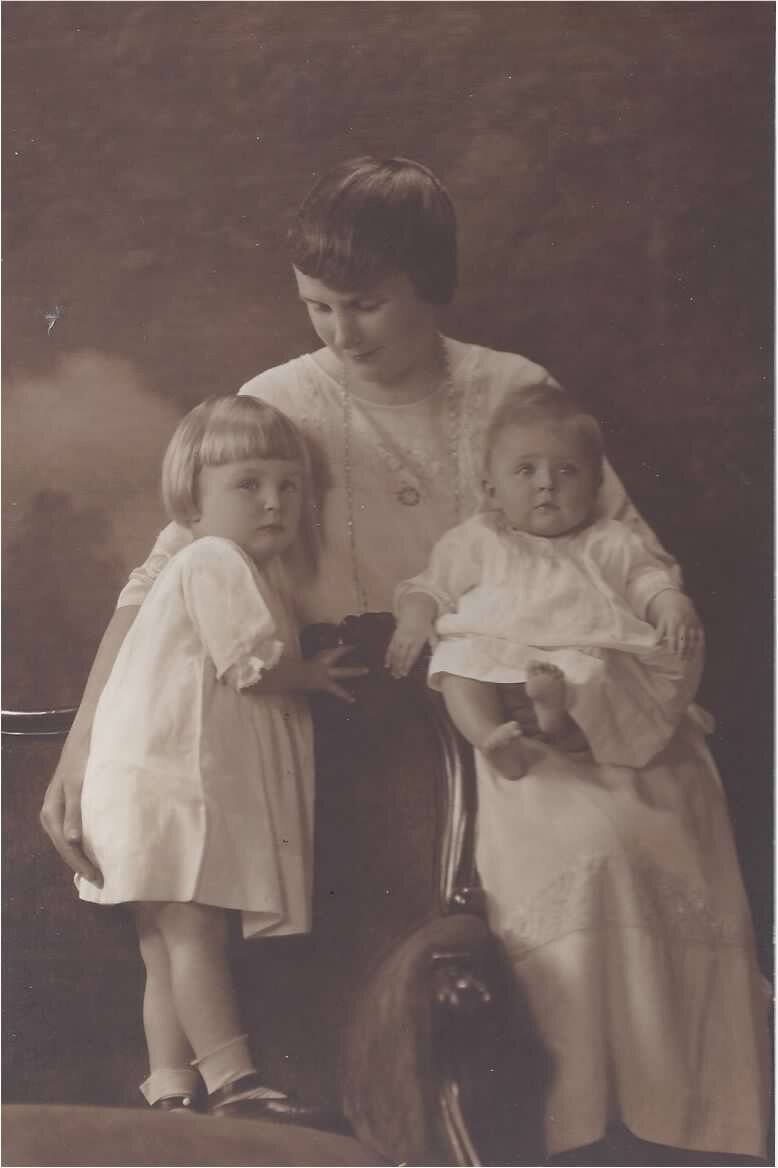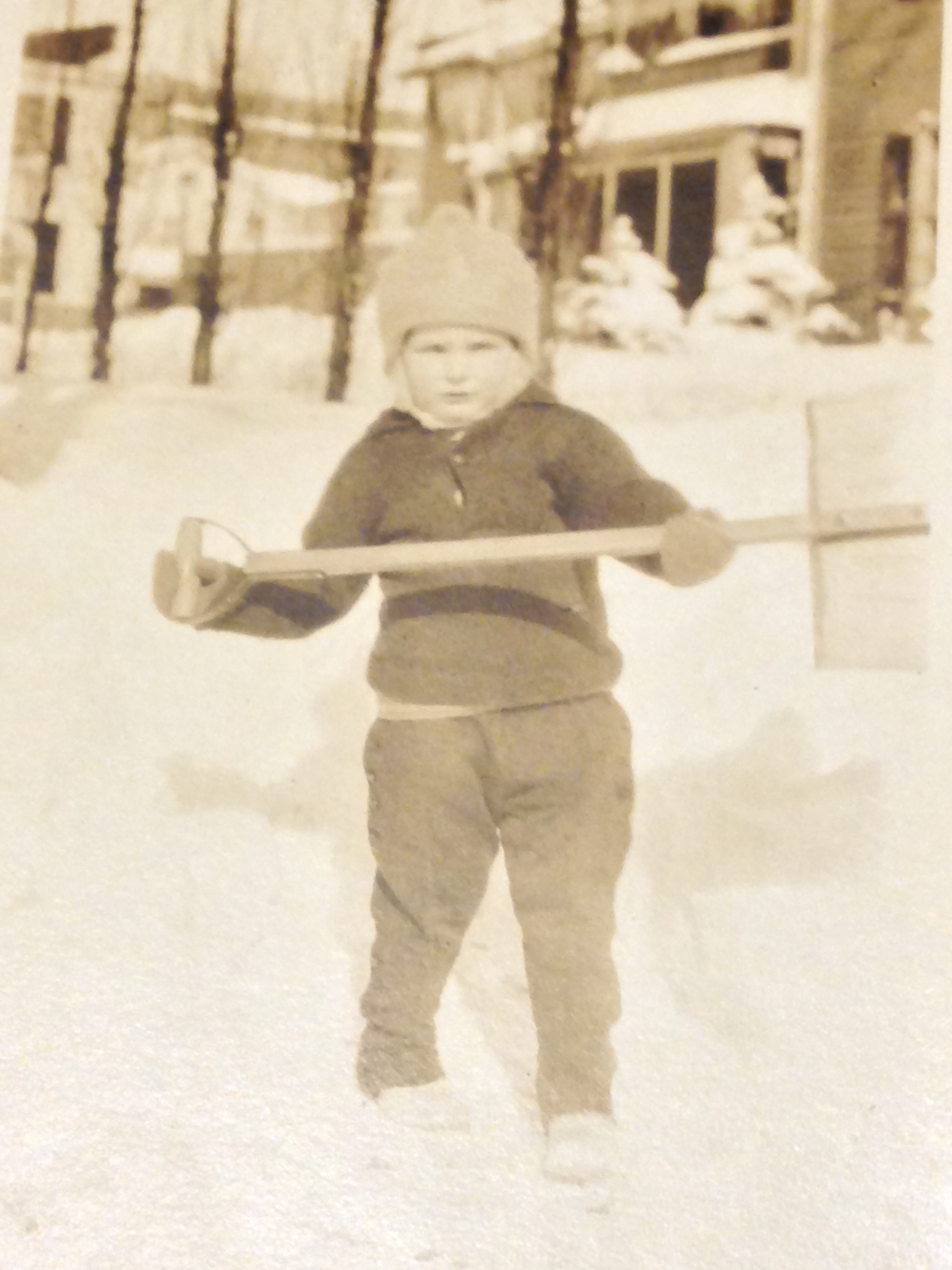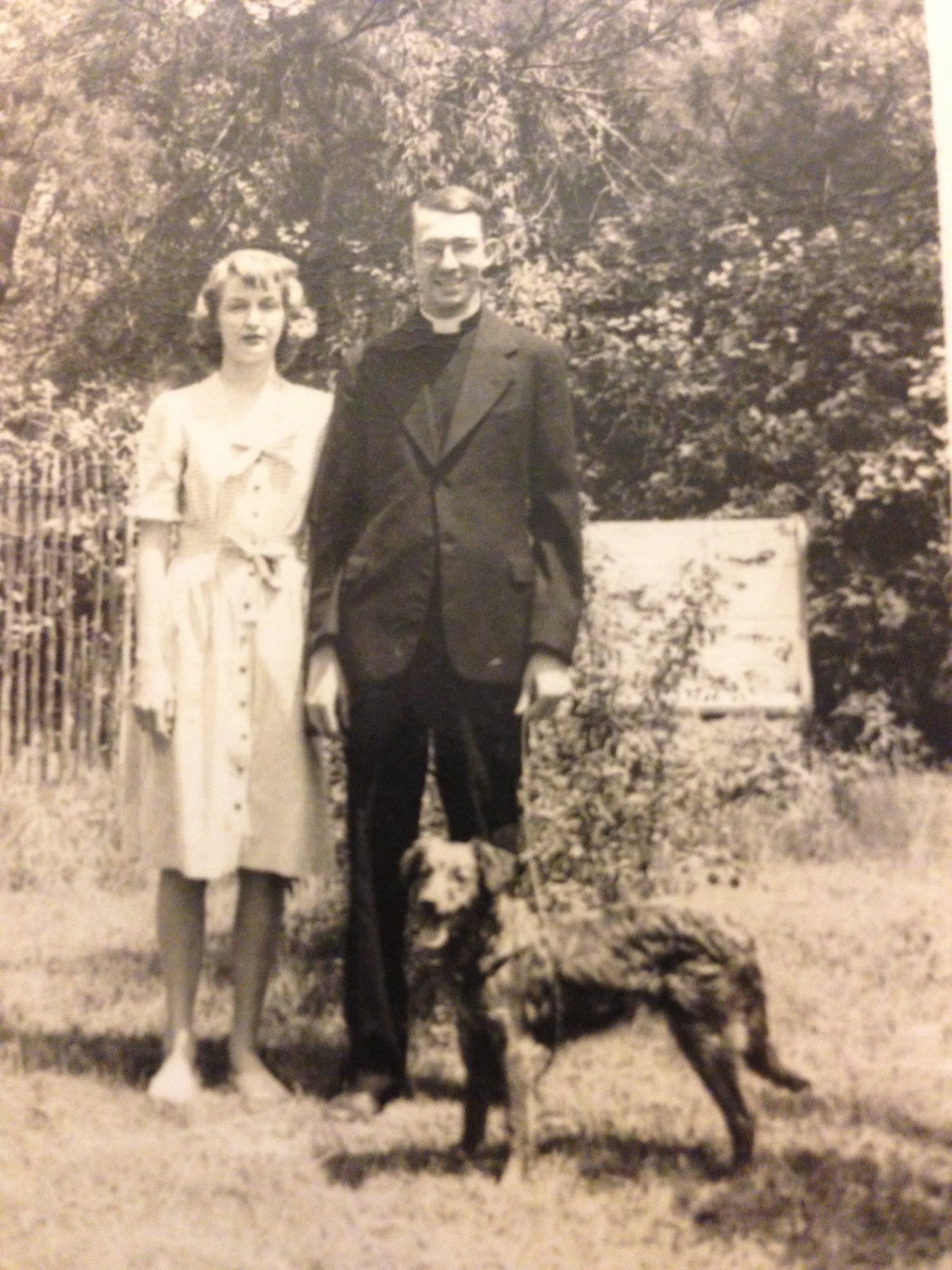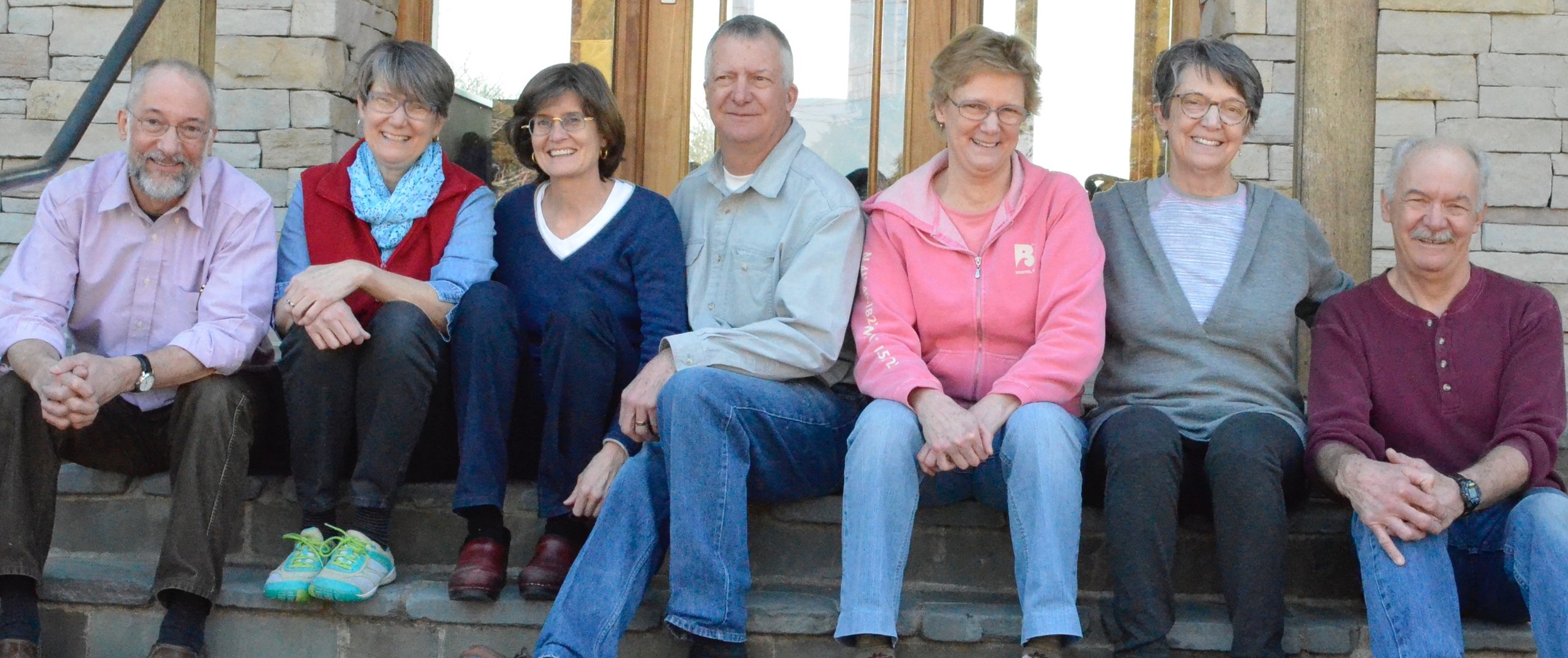Storytelling for parents and grandparents
/I couldn’t resist putting up this picture of my mother, my grandmother and my aunt, taken around 1926.
Telling stories in your family can be deeply satisfying, something the children remember for their entire lives. Find a quiet time, get cozy and settle in for stories. Remember, it’s about strengthening our connections, our relationships. Here are some good times to tell stories:
Bedtime, of course,
On long car rides,
While waiting in a doctor’s office,
Around the campfire,
And, especially for distant grandparents, on Zoom.
Consider telling personal stories, folktales, made up stories, true tales from history and stories from books. Don’t forget about nursery rhymes, campfire stories, camp songs, riddles, knee-dandles and fingerplays. What were your favorite childhood stories? Try these out. If you don’t remember them, check out collections of folktales in the public library, in 398.2 in the Dewey decimal system.
If you make up stories to tell every night at bedtime, you might choose a main character who will be part of all the stories. Or use your own child as the main character. Remember that every story needs conflict, even if it’s only a mild one. Watch the children as you tell, to gauge what works and what doesn’t. It’s fun to pass a story back and forth, too. It’s never too early or too late to learn to tell stories.
Some children love hearing about when their parents or grandparents were little. It seems so unlikely to them! They especially like the stories of childhood naughtiness. You can also pass along valuable family history and culture this way. Family photos are good springboards for these stories.
Here are a few guidelines for telling stories to children, considering stages of child development:
Age 0-2: Children enjoy peekaboo, patty cake, nursery rhymes, fingerplays. Use rhyme and rhythm.
Age 2-3: Still use fingerplays, rhyme and rhythm, lots of repetition. Simple, simple stories, 5 minutes or less. When they’re done listening, they’re done.
Age 4-5: Starting to differentiate from others, to understand others’ feelings. Continue repetition, rhyme, rhythm. Go a little longer. Silliness works well. Tales about families.
Age 6-7: More aware of others, of emotions, getting an idea of morality. Better at predicting where the story goes.
Age 8-10: Able to figure out tricky stories, curious about other countries and the natural world. Now understand irony and sarcasm. May be less engaged by repetition.
Age 11-13: Go for the gore to begin with. Tell stories you would tell to adults (though not sexually explicit stories) to these kids. They can take it.
Here are a few good books to get you started:
Telling your own stories by Donald Davis. In this great little book, Davis’ story prompts draw out your personal stories.
The Parents’ Guide to Storytelling by Margaret Read MacDonald. Also look for other collections by this author-librarian-storyteller, such as Twenty Tellable Tales and The Storyteller's Start-up Book.
Awakening the Hidden Storyteller: How to Build a Storytelling Tradition in Your Family by Robin Moore.
The Grammar of Fantasy: an Introduction to the Art of Inventing Stories by Gianni Rodari, translated by Jack Zipes. This is a quirky, funny book, full of ideas on how to play with stories in unusual ways.
If you want to augment your own storytelling, I have a subscription service to bedtime stories on Patreon—feel free to check out the two free stories to hear how I tell a short story with a little winding-down chat. Grandparents can subscribe and then give the password to their children or grandchildren.
Questions or suggestions? Leave them in the comments!







